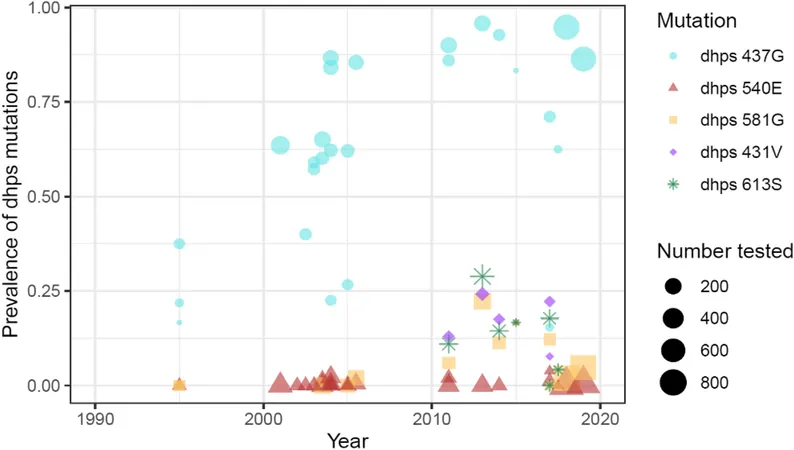
Revolutionary Dry Vitamin A Launched to Eradicate Vitamin Deficiency Crisis
2024-09-24
Introduction of Dry Vitamin A Palmitate NI
In a groundbreaking initiative aimed at tackling the alarming rise of Vitamin A deficiency (VAD) worldwide, dsm-firmenich has introduced its innovative Dry Vitamin A Palmitate NI. This new form of dry vitamin A is being heralded as a major step forward in food fortification, particularly through the enhancement of flour, a staple food item consumed globally.
Vitamin A Deficiency: A Global Issue
Vitamin A deficiency is a critical health concern that affects approximately 190 million preschoolers and 19 million pregnant women, as reported by the World Health Organization (WHO). It remains one of the three most significant nutritional deficiencies worldwide. VAD can lead to severe consequences including growth and development challenges in children, vision impairments, increased vulnerability to infections, and even heightened risks of cognitive and mental health issues.
Challenges in Fortification
While various initiatives like 'golden rice' and 'golden lettuce' have sought to embed vitamin A into whole foods, the fortification of ingredients has posed significant challenges due to the instability of vitamin A during food processing methods such as milling and hulling. Additionally, its volatile nature complicates storage solutions.
Commitment to Overcoming Nutrient Deficiencies
Yannick Foing, VP of Nutrition Improvement at dsm-firmenich, emphasizes the company’s dedication to essential and equitable nutrition, stating, 'Our new dry vitamin A form exemplifies dsm-firmenich’s commitment to overcoming nutrient deficiencies.' He elaborated on the collaborative efforts of their research and development department, which engaged experts from various sectors to address the complex technical challenges while adhering to rigorous industry standards, including USDA stability testing.
Stability Features of the New Vitamin A Formulation
The innovative dry vitamin A formulation boasts significant stability features, making it particularly effective for fortifying wheat flour, which constitutes 20% of global caloric intake and can be as high as 50% in some regions. This new vitamin A variant maintains its nutritional integrity even during rigorous food-processing techniques.
Composition and Properties
Notably, Dry Vitamin A Palmitate NI is stabilized using all-rac-alpha tocopherol and sodium ascorbate, and importantly, it is free of preservatives such as butylated hydroxyanisole (BHA) and butylated hydroxytoluene (BHT). The ingredient features a small particle size, with over 90% passing through a 250 μm sieve, enhancing its integration into flours and making fortification not only more efficient but also cost-effective for addressing malnutrition among millions of vulnerable populations.
Conclusion and Future Goals
Foing adds, 'The result is a stable, clean label solution optimized for flour fortification, seamlessly integrating into existing food production processes.' He asserts that this innovation is pivotal in advancing dsm-firmenich's goal to close the nutrient gap for 800 million people by 2030, aligning with UN Sustainable Development Goal 2 — 'Zero Hunger,' by improving access to nutritious food globally.
Significance of the Development
This development marks a significant breakthrough in the nutritional landscape and has the potential to reshape food fortification strategies, protecting the health and development of millions around the globe.




 Brasil (PT)
Brasil (PT)
 Canada (EN)
Canada (EN)
 Chile (ES)
Chile (ES)
 España (ES)
España (ES)
 France (FR)
France (FR)
 Hong Kong (EN)
Hong Kong (EN)
 Italia (IT)
Italia (IT)
 日本 (JA)
日本 (JA)
 Magyarország (HU)
Magyarország (HU)
 Norge (NO)
Norge (NO)
 Polska (PL)
Polska (PL)
 Schweiz (DE)
Schweiz (DE)
 Singapore (EN)
Singapore (EN)
 Sverige (SV)
Sverige (SV)
 Suomi (FI)
Suomi (FI)
 Türkiye (TR)
Türkiye (TR)